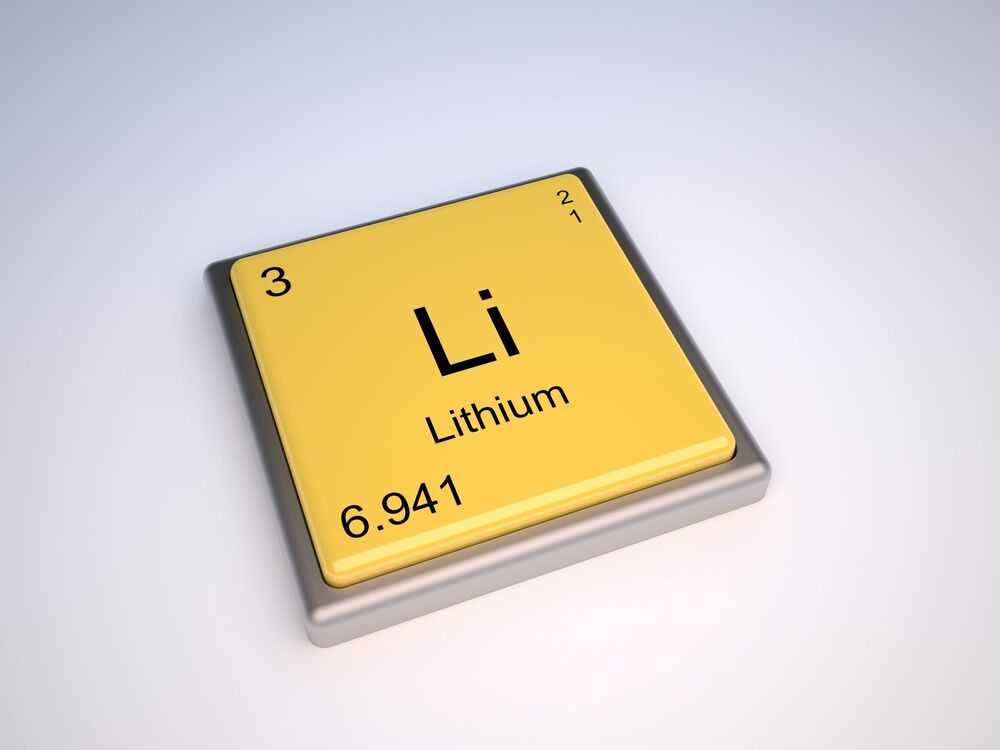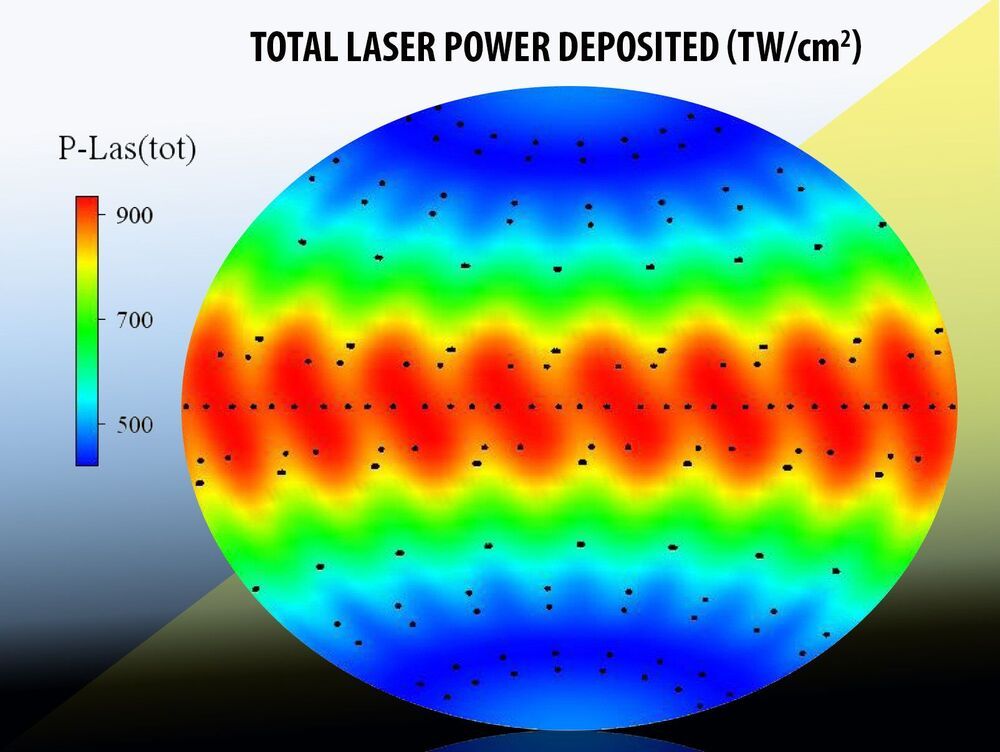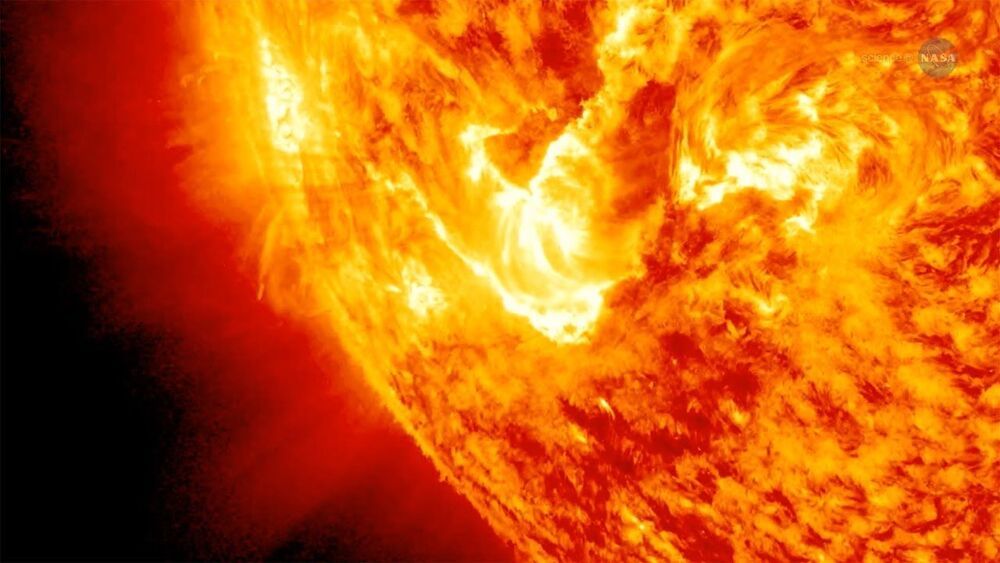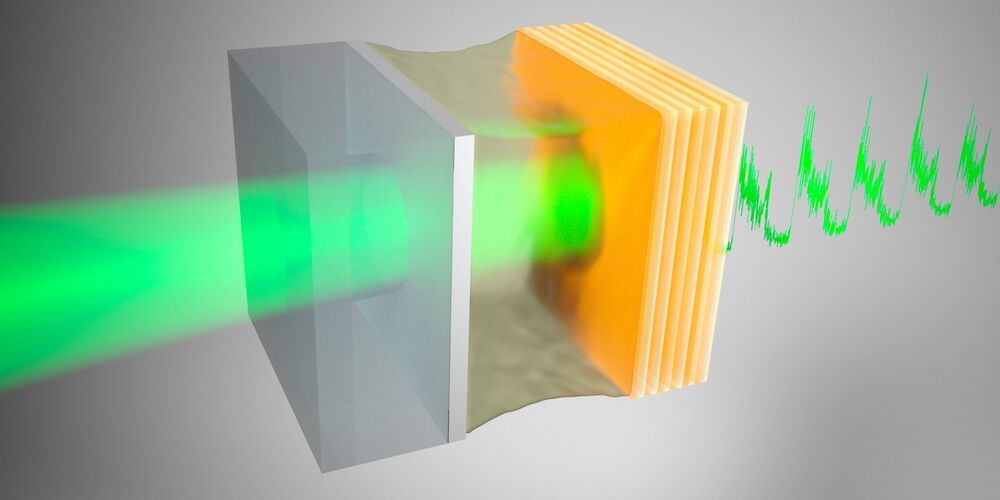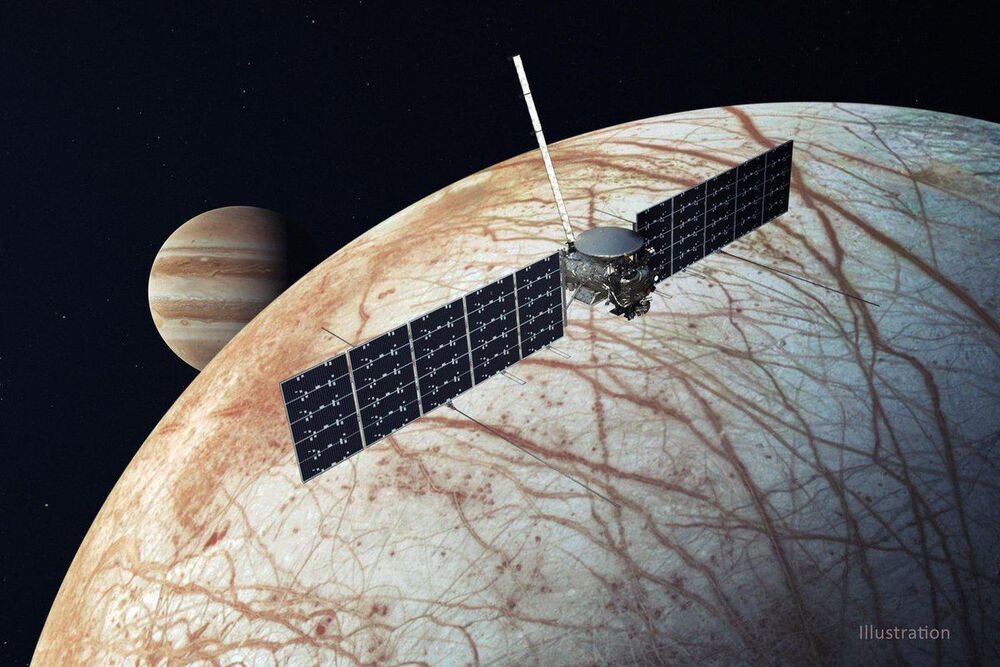Jun 7, 2021
A quantum step to a heat switch with no moving parts
Posted by Quinn Sena in categories: energy, quantum physics
Researchers have discovered a new electronic property at the frontier between the thermal and quantum sciences in a specially engineered metal alloy—and in the process identified a promising material for future devices that could turn heat on and off with the application of a magnetic “switch.”
In this material, electrons, which have a mass in vacuum and in most other materials, move like massless photons or light—an unexpected behavior, but a phenomenon theoretically predicted to exist here. The alloy was engineered with the elements bismuth and antimony at precise ranges based on foundational theory.
Under the influence of an external magnetic field, the researchers found, these oddly behaving electrons manipulate heat in ways not seen under normal conditions. On both the hot and cold sides of the material, some of the electrons generate heat, or energy, while others absorb energy, effectively turning the material into an energy pump. The result: A 300% increase in its thermal conductivity.

